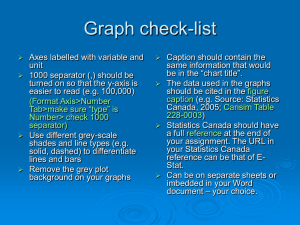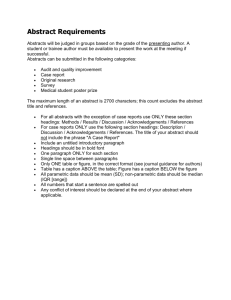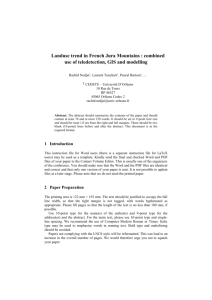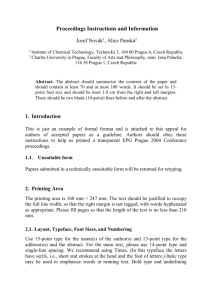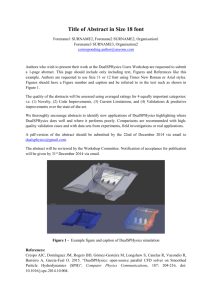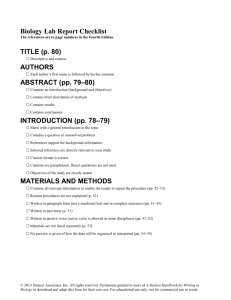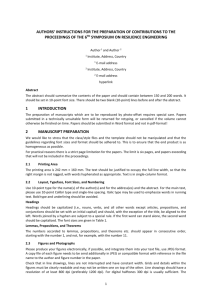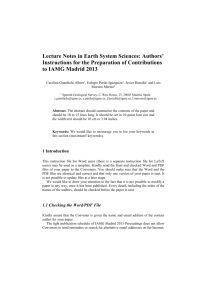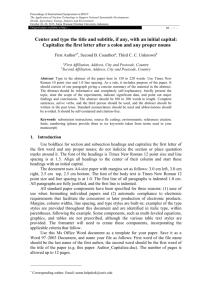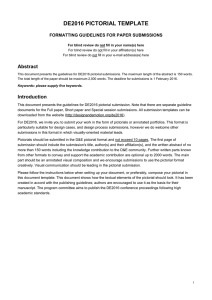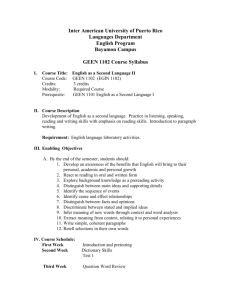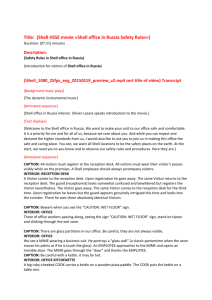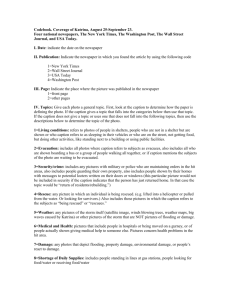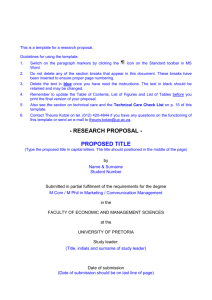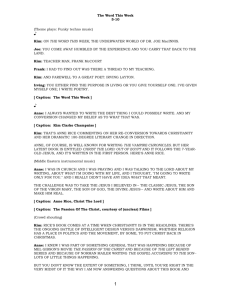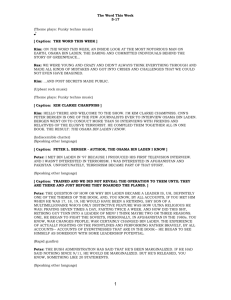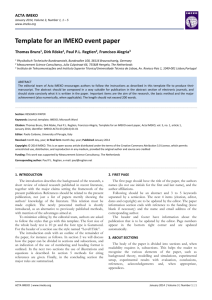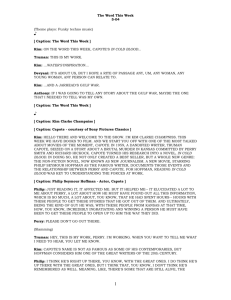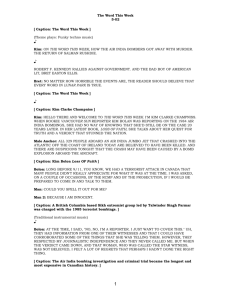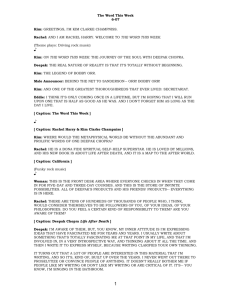Textbook Pre-Reading Organizer:
advertisement
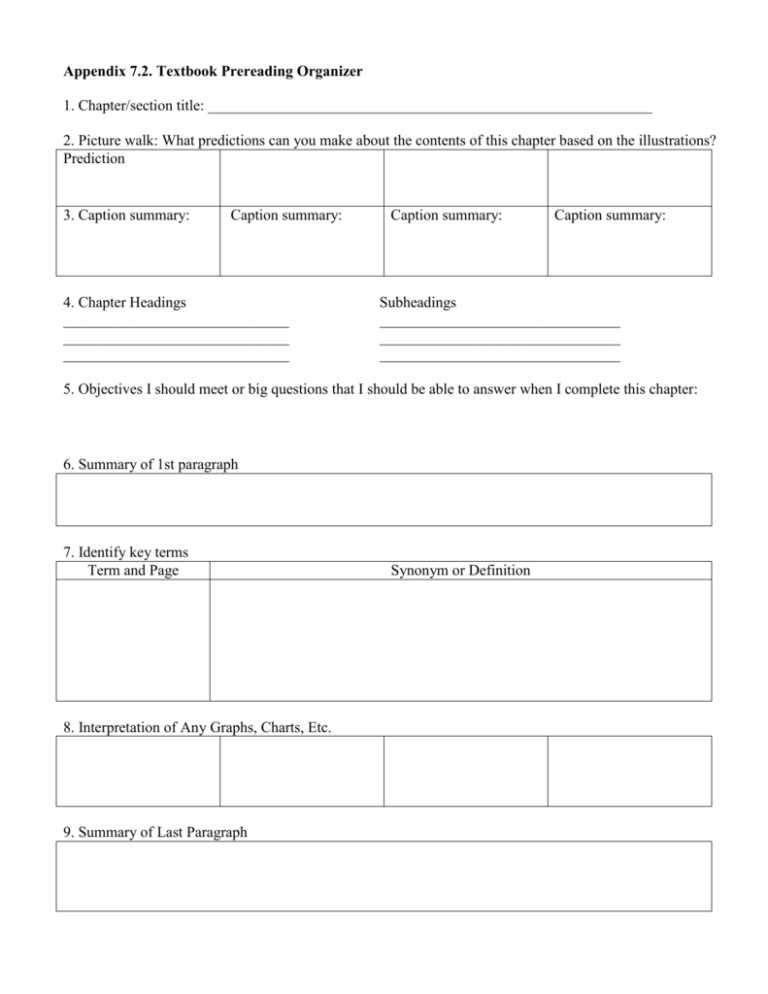
Appendix 7.2. Textbook Prereading Organizer 1. Chapter/section title: ___________________________________________________________ 2. Picture walk: What predictions can you make about the contents of this chapter based on the illustrations? Prediction 3. Caption summary: Caption summary: 4. Chapter Headings ______________________________ ______________________________ ______________________________ Caption summary: Caption summary: Subheadings ________________________________ ________________________________ ________________________________ 5. Objectives I should meet or big questions that I should be able to answer when I complete this chapter: 6. Summary of 1st paragraph 7. Identify key terms Term and Page 8. Interpretation of Any Graphs, Charts, Etc. 9. Summary of Last Paragraph Synonym or Definition How to Use the Prereading Organizer If the textbook chapters are small, you can print the organizer sheet and write directly on it. You may also provide it online for students to fill in on their computer. You may want to do this as a whole-class activity the first time students are exposed to this process. As your students become more proficient at prereading before actual study, you will find that writing down the information will be no longer necessary. The eventual goal is for your students to complete this activity mentally in just a few minutes each time they sit down to study. Parts 1 and 2: Make note of the chapter title and on what pages the chapter begins and ends. This will give your students an idea of the task before them. Part 3: Make a quick scan of the entire chapter, writing down all of the subtitles and headings in order. Now students will have a general idea of an outline of the chapter. This also alerts them to the important ideas and sections of the chapter. Part 4: Describe all pictures, charts, maps, and graphs in their own words. Many students fail to take advantage of the information that these images give. Taking time to note these important details is of great benefit to visual learners. As they take note of the images, it is not necessary to describe them in great detail. Just a few words that will help the image stick in the memory are enough. Part 5: Use the textbook’s glossary to define all of the vocabulary words found in bold print. This allows students to read the text with greater comprehension later without having to stop and look up the new words. Also encourage them to include terms that may not be in bold print—those words they are not familiar with or have difficulty remembering. Part 6: Take the time to look for all study questions within the chapter and at the end. Count the number of questions and then read each question. Now your students know what information they will be expected to know at the end of each section and the chapter as a whole. Part 7: Ask your students to make an educated guess concerning what they will learn from studying the chapter. If your students cannot do so, they should take the time to preread the chapter again, more slowly and carefully. Source: http://sdahe.files.wordpress.com/2011/07/pre-reading-organizer-instructions.pdf
